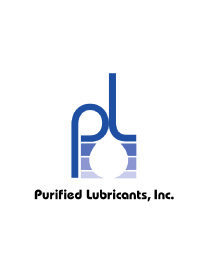Are synthetic oils (PAO – Polyalpha olefin and PAG – Polyalkylene glycol) better gear and bearing lubricants than mineral oils?

Are synthetic oils (PAO – Polyalpha olefin and PAG – Polyalkylene glycol) better gear and bearing lubricants than mineral oils?

During my two decades working in the hydraulics industry, I’ve been in the fortunate position of being able to observe, and learn from, the mistakes and omissions hydraulics users make when maintaining their equipment.

Most of us know that healthy lubricants are generally clear and bright. However, as oils age they can lose their luster, and many become dark and opaque. These optical changes are often important symptoms of impending problems that, if occur prematurely, merit further analysis and corrective action.

“Can you offer any advice about what type of single-point automatic grease lubricator is best for higher ambient temperatures (up to 55 degrees C) and dusty (desert) outdoor conditions with remote locations? What are the pros and cons of the gas-type and spring-loaded automatic grease lubricators? Which types are available for explosion-proof hazardous locations?”

In some applications, it is nearly impossible for oil to remain fluid at all ambient temperatures. In these situations, the use of an oil heater is recommended. However, there are several things that must be considered before a heater is applied or even selected. In some cases, these devices can be counterproductive for your machines as well as your lubricants.

